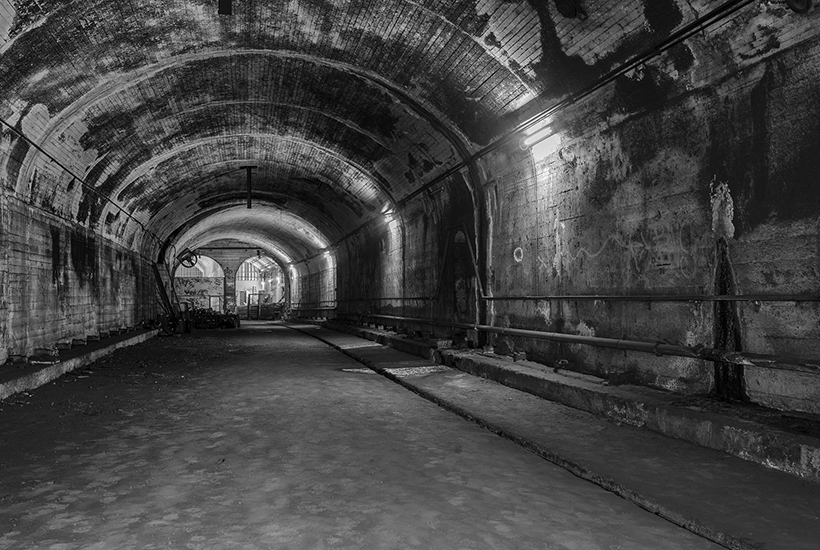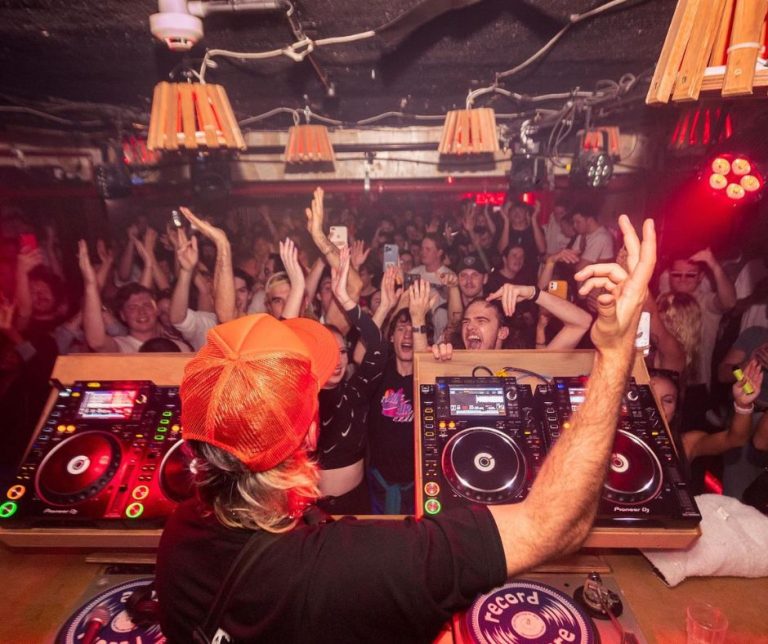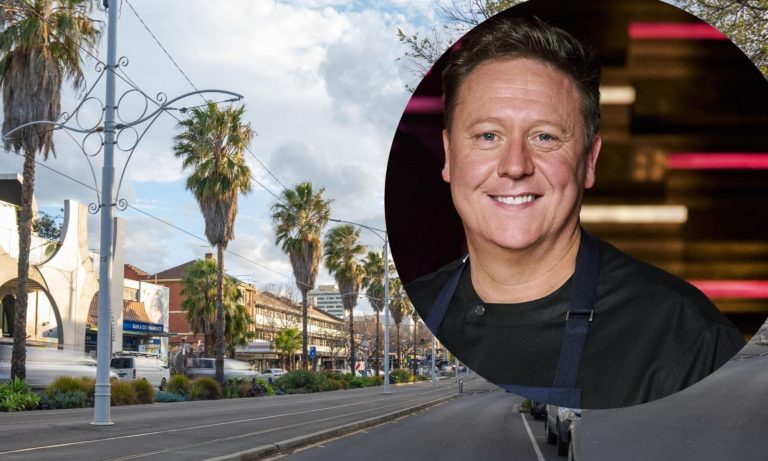Underground retail in the works for historic St James Station tunnels

They’ve been used as World War II air raid shelters, an experimental mushroom farm and an underground lake for swimming, but now the platforms and tunnels at Sydney’s historic St James Station are set for a new future.
The underground network is set to be repurposed as a new public retail precinct, with Sydney Trains putting a call out for groups interested in reclaiming and developing the extensive spaces.
Built in the 1920s below Hyde Park, the station features four platforms spanning 1725sqm, as well as 4171sqm of tunnels that extend north from the station, below Macquarie St and past Martin Place, and terminate near the Royal Botanic Gardens.
Commercial Insights: Subscribe to receive the latest news and updates
The station’s full potential was never realised, with two of the four platforms never put into service, and a number of tunnels built as potential connectors to other parts of Sydney’s rail network later abandoned without being used.
It is these tunnels that are now being offered to developers.
While the government has not provided details about the exact type of development it would like to see in the unique space, the appointment of retail specialists from commercial property agency CBRE gives a hint as to what the end result is likely to be.
“We are looking for innovative proposals that both respect and showcase these unique heritage spaces,” NSW Minister for Transport and Infrastructure, Andrew Constance, says.

An historic image of the first train arriving at St James Station in 1926.
“This is an opportunity to secure a long-term lease to deliver a world-class project and create an iconic new experience for Sydney’s residents and visitors.”
CBRE head of retail leasing Leif Olson says he expects interest from developers to be far-reaching.
“These tunnels have a rich history and significant potential. We anticipate interest from a wide variety of developers, investors and occupants given the unique heritage attributes of these captivating underground spaces and their connectivity to both the CBD and broader metropolitan area,” he says.
Olson says that Australia is starting to better understand how many of its unused historic spaces can be repurposed and enjoys again by new generations.
“The conversion of underutilised areas into engaging social and retail precincts has been common practice in Europe for decades and it’s a trend that Australia is quickly adopting,” he says.
“Consumers are demanding unique experiences in areas such F&B (food and beverage) and entertainment and these tunnels provide an opportunity we haven’t previously seen in Sydney or across Australia.”
The campaign closes on November 6, with the successful proponent required to design, fund and develop the unused spaces under a long-term stratum lease.







